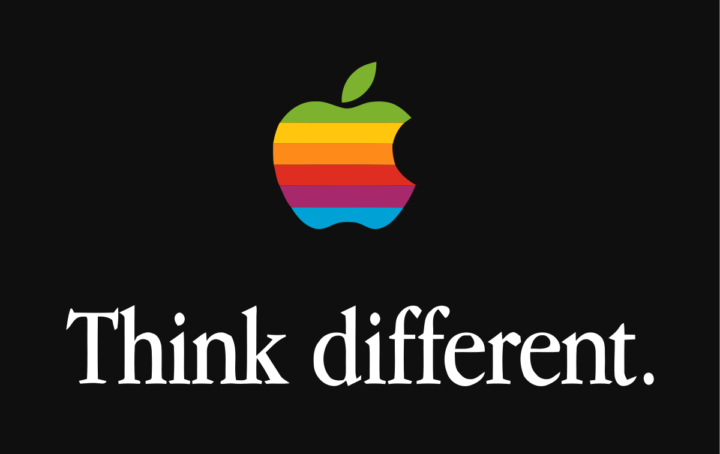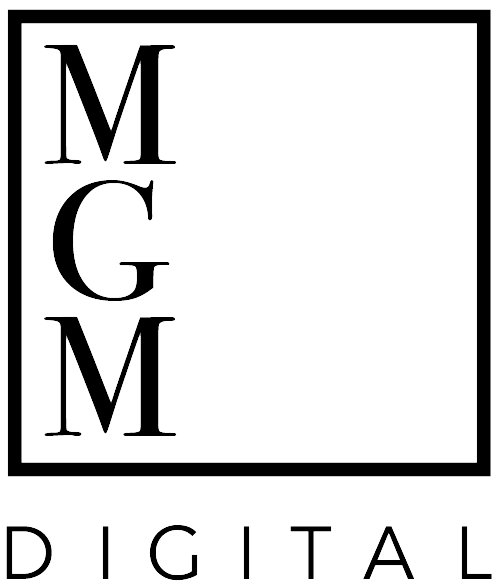After leaving the south east corner of #Central Park I walked along #5th Avenue, #New York; the charge in my iPhone was at 1%, so I popped into the #Apple Store which was being refurbished, so I clambered through the side door into the ‘rough and temporary’ shop, to discover a huge interior, extremely busy, packed full of customers!! I managed to squeeze onto one of the tables and hook up to an iMac and steal a few percentages of charge.
It was Wednesday a very ordinary week day, there wasn’t a special promotion, yet the #Apple Store was crammed, with more customers continually arriving. After getting some charge in my iPhone, I continued to walk down Fifth Avenue, half a mile on, I passed the #Microsoft Store. It was empty! Although the store was in full working order, there was hardly anyone in it! Yet, both #Apple and Microsoft sell similar products, both companies have vast financial resources and a
strong market presence – so what’s the difference? What’s going on? What has Apple done to make their Fifth Avenue ‘temporary building site’ store more appealing?
This scenario illustrates the power of ‘#branding’, clearly highlighting the difference between
one company’s offer compared to another. Effective branding elevates a product or organisation from being just a standard product company amongst many other standard product companies, to become something with a unique character, value and promise. Successful branding can create an emotional resonance, changing the ‘state-of-mind’ of consumers who choose products and services in preference to others, using both emotional and what appears to be sensible, pragmatic decisions?
So this article continues as part of the Integrated #Marketing Communications (IMC) series covering #Branding, how the power of its emotional effect influences the buying decision.
Branding is a huge subject, normally running in parallel with ‘#Positioning’ and ‘#Strategy’, therefore this is the first of two articles that will look at ‘what is a brand?’, examples of strong company brands and how they help to elevate the perception by the public of those companies. Part two will appear in a couple of weeks, covering the key ingredients of brands and #brand management techniques.
What is a brand?
In a very literal sense, a brand is a set of associations that a person (or group of people) makes with a company, product, service, individual or organisation.
These associations may be intentional – that is, they may be actively promoted using marketing techniques and corporate identity – or they may be outside the company’s control, for example, a poor press review for a new product might harm the product manufacturer’s overall brand by placing negative associations in consumer’s minds.
#Coca-Cola one of the world’s leading brands is a prime example where effective marketing has been used to strengthen its perception. Although essentially just a soft drinks product, sugared water combined with a flavouring, #Coca-Cola the drink is eclipsed by the sheer might of the Coca-Cola brand. This phenomenon is best summed up by the following quote from a Coca-Cola executive:
“If Coca-Cola were to lose all of its production-related assets in a disaster, the company would survive. By contrast, if all consumers were to have a sudden lapse of memory and forget everything related to Coca-Cola, the company would go out of business.”
Coca-Cola Executive
Good ‘Branding’ is achieved when Company Directors have the ability to apply their creative
thinking skills in identifying and promoting their company’s powerful, positive associations or perceptions? For Coca-Cola, typical perceptions might be that it is the original cola drink (‘#The Real Thing’), that its recipe is secret and unsurpassed, that it’s all-#American or maybe global, that it’s youthful, energetic, refreshing and so on. Visual associations might include the unmistakable red and white logo and corporate colours, or the unique shape and tint of the original glass bottles.
These are positive brand associations created by successful advertising and PR campaigns, including stories like the #Coke recipe is so secret, that it’s known only by two individuals within the organisation and when they have business meetings they have to travel separately. Creating good and memorable PR stories is a method of developing a strong ‘Brand’.
However, there may be negative brand associations too. For example, Coca-Cola may be seen as unhealthy, or as a symbol of global imperialism by American brands. What is seen as a positive association to some may be unpleasant to others and negative perceptions could become attached to a brand’s identity even if the company strives to present a different character.
As mentioned earlier with Apple and Microsoft, brands aren’t limited to the food and drink category. Because ‘Brand’ is a set of associations and perceptions, then practically anything can
be said to have a ‘Brand’, even people – think of David Beckham or Kim Kardashian. However, the strength of the brand is controlled by how effective the marketing tools are used to identify and interpret the ‘Brand’ and the disciplines that are implemented to create that ‘Brand’. That’s why Apple’s ‘Brand’ is higher up the rankings than “Microsoft’s’ , or why Coca-Cola’s ‘Brand’ is placed at number 5 compared to #Pepsi-Cola’s ‘Brand’ at 22 in Interbrands top 100 brands.
Other high-profile examples of recognised brands include #Toyota, #Nike, #British Airways, #Amazon, #Landrover, #The Queen, #HMRC or even #London. From services to cities, products to publications, each carries a strong set of associations in the minds of a huge number of people.
What is branding?
If a brand results from a set of associations and perceptions in people’s minds, then branding is an attempt to harness, generate, influence and control these associations to help the business perform better. Any organisation can benefit enormously by creating a brand that presents the company as distinctive, trusted, exciting, ethical, reliable or whichever attributes are appropriate to that business.
The key ingredient to successful branding is the intelligent use of ‘Marketing’ through the use of: good design, advertising, PR, service proposition, corporate culture, all the subjects listed in the Marketing Wheel, these can help to generate associations in people’s minds that will benefit the organisation. In different industry sectors the audiences, competitors, delivery and service aspects of branding may differ, but the basic principle of being clear about what your company stands for always applies.


